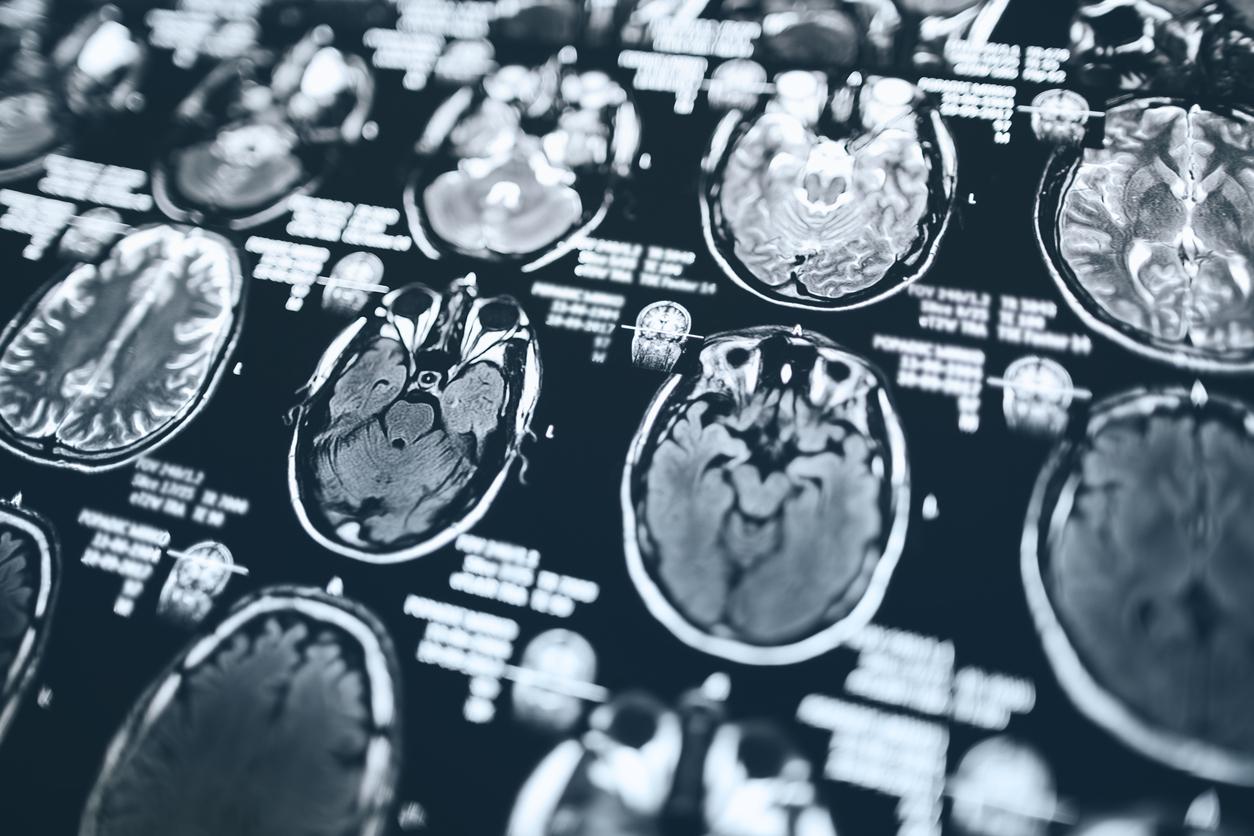You all know stroke (cerebrovascular accident) but fewer of you know milk (transient ischemic attack).
As a reminder, stroke is a cerebrovascular disorder affecting the blood vessels responsible for bringing blood to the brain. It can occur when a blood clot blocks a vessel in the brain or if a vessel is ruptured. Most often, blood flow encounters an obstacle that will block its passage to different parts of the brain.
In the case of a TIA, there is no hemorrhage and no necrosis. We speak of an ischemic lesion: there is a lack of oxygen in the brain. It’s a cerebral embolism. TIA will generate symptoms very similar to stroke, but MRI will show no lesion. The problem: if you do a TIA, you have a high probability of having a stroke in the weeks or months that follow.
How to spot it and how to react? Top Health take stock with the Dr Michel de Lorgeril, epidemiologist and researcher in cardiology at the CNRS, author of How to escape heart attack and stroke (ed. Thierry Souccar).
“It’s an almost stroke, an alert”
” It is the MRI that will determine if you have had a stroke. If you have a clinical profile suggestive of a stroke but no lesions are observed, then it is a TIA. Just because the MRI is normal doesn’t mean everything is fine! You had an ‘almost’ stroke but you didn’t “, explains our expert.
The causes of the AIT are very close to the AVC, this is why it must immediately alert. You can very well have a TIA and never have a stroke, but the risk is very high.
” Who says AIT says very high risk of having a stroke in the weeks and months that follow. And it would be a very bad idea to release the guard. It’s an almost stroke, an alert. There is a threat and it has to be treated almost like a stroke. It’s an aborted stroke warns Dr. de Lorgeril.
AIT: what symptoms should alert?
All symptom sudden onset is potentially a TIA or stroke. ” If you have tingling, a kind of paralysis, loss of feeling in the hand or lower limb, loss of balance… this may indicate an arterial obstruction “, describes the doctor.
To evoke the TIA, the symptom must last a few minutes (between 15 and 30 minutes). If you can no longer speak, it is also very worrying.
” All these signs should alert. Go to the emergency room because you may be suffering from a TIA or even a stroke. Often, in the case of a TIA, by the time you get to the hospital, everything is back to normal. But it is not because the symptoms have disappeared and the MRI is normal that we should be reassured “.
Stroke: why you have to be vigilant in case of high heat
The strong heatin the same way as the large cold, are conditions that attack the cardiovascular system. ” You find yourself in extreme climatic conditions, which stimulate your heart functions. People with heart disease should be very careful, as should those who have already had a stroke. There are also many fragile patients who do not know they are at risk explains Dr. de Lorgeril.
Silent stroke: what are the causes?
There cause of a TIA is almost always a cerebral embolism, which is the sending of a blood clot into the brain. This clot can originate in the heart (this is the most frequent case) or at the level of an artery of the neck (typically a carotid) which is damaged. Cholesterol plays no role in these processes. When a cerebral artery that supplies oxygen and nutrients to the brain is blocked by an embolized clot, there is cerebral ischemia (or TIA) and if the blockage persists there is a stroke.
The causes of TIA and stroke are the same as for a heart attack: smoking, diabetes, lack of physical exercise, toxic eating habits and hypercoagulation predisposition syndrome (tendency to clots) that Dr de Lorgeril describes in the book How to escape heart attack and stroke. The prevention of the AVC (and the AIT) rests imperatively, in addition to the modifications of the way of life, on anticoagulant or antiplatelet drugs according to the cause of the cerebral embolism which it is thus essential to identify.
In France, according to 2019 figures, 123,000 people were hospitalized for a stroke in the year. Strokes represent an important cause of disability and constitute one of the main causes of mortality.

















